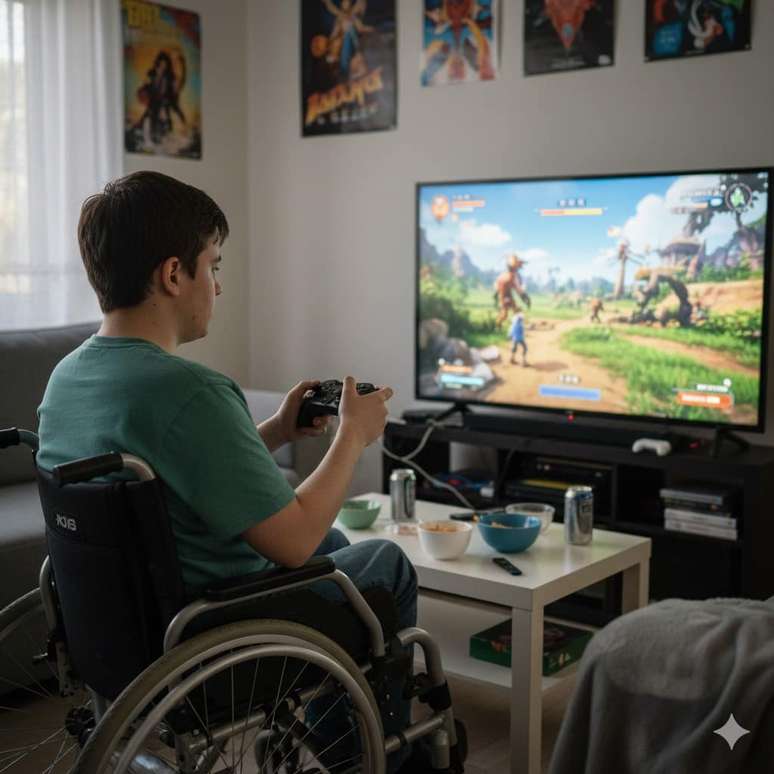Summary
Gamification, if used with a purpose, promotes inclusion by transforming learning into an empathic and convenient experience, for the benefit of companies and employees of various profiles.
Imagine a game in which those who learn faster help those who learn differently. Now imagine that this does not happen in a school, but in a company. Gamification, if designed for the purpose, is more than motivation: it is a real inclusion.
In different learning environments with neurotypical, neurodicing, with and without disabilities, the game can be the language that moves without flattening, which connects without labeling. Whether in class or in a corporate training program, the way we teach, learn and live.
The difference is not an obstacle, it is a starting point
The teaching or formation of heterogeneous groups require more than adapting the materials. It requires redesign the entire experience: less standard, more connection.
How to include a professional compromised by hearing in digital onboarding? Or do you keep an ADHD employee in three -hour online training? These are dilemmas that companies and educators face daily, trying to balance efficiency with empathy.
And this is where Gamification enters, not as distraction, but as a new learning logic: a way to transform learning into a significant experience.
According to Ibge, Brazil has 14.4 million people with disabilities, equivalent to 7.3% of the population. If we add neurodicjecting people, we have reached about a quarter of the workforce. Ignore this audience is not only unfair: it is wasting creative potential and human capital.
When the game really includes
Gamification allows you to use game elements in serious contexts. But when the goal is inclusion, it must be more than fun: it must be empathetic.
Open narratives that allow different forms of commitment
Flexible challenges that respect the rhythms and ways of learning
Positive reinforcement that takes pressure from the error
Collaboration between profiles that transform a difference to the advantage
In practice, this means creating gamified paths in which each person advances in their own time, with missions that have subtitles, audio description, breaks and prizes that appreciate consistency and cooperation, not only the speed.
Companies that apply inclusive gamification report an increase in commitment, the decrease in the training arch and the remarkable improvement in the organizational climate. When everyone plays, everyone learn and learn is no longer the obligation to become belonging.
What the game teaches (beyond the obvious)
At work or school, a well -designed game teaches that making errors is part. Which does not matter whoever comes first, it matters that it arrives together. That playing is not time to waste time, he is gaining presence.
Including is not just letting the game enter. He is creating rules for everyone to play well (and together). Because, in the end, the real Gamification prize is to build spaces in which learning and belonging are finally the same thing.
He is CEO and CO -Ludos Pro’s Founder, gamified training platform and one of the main Edtechs in Latin America.
Source: Terra
Rose James is a Gossipify movie and series reviewer known for her in-depth analysis and unique perspective on the latest releases. With a background in film studies, she provides engaging and informative reviews, and keeps readers up to date with industry trends and emerging talents.








